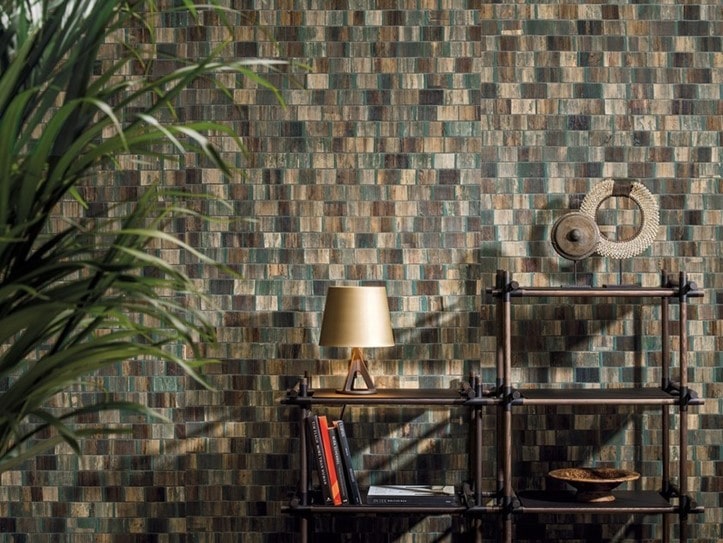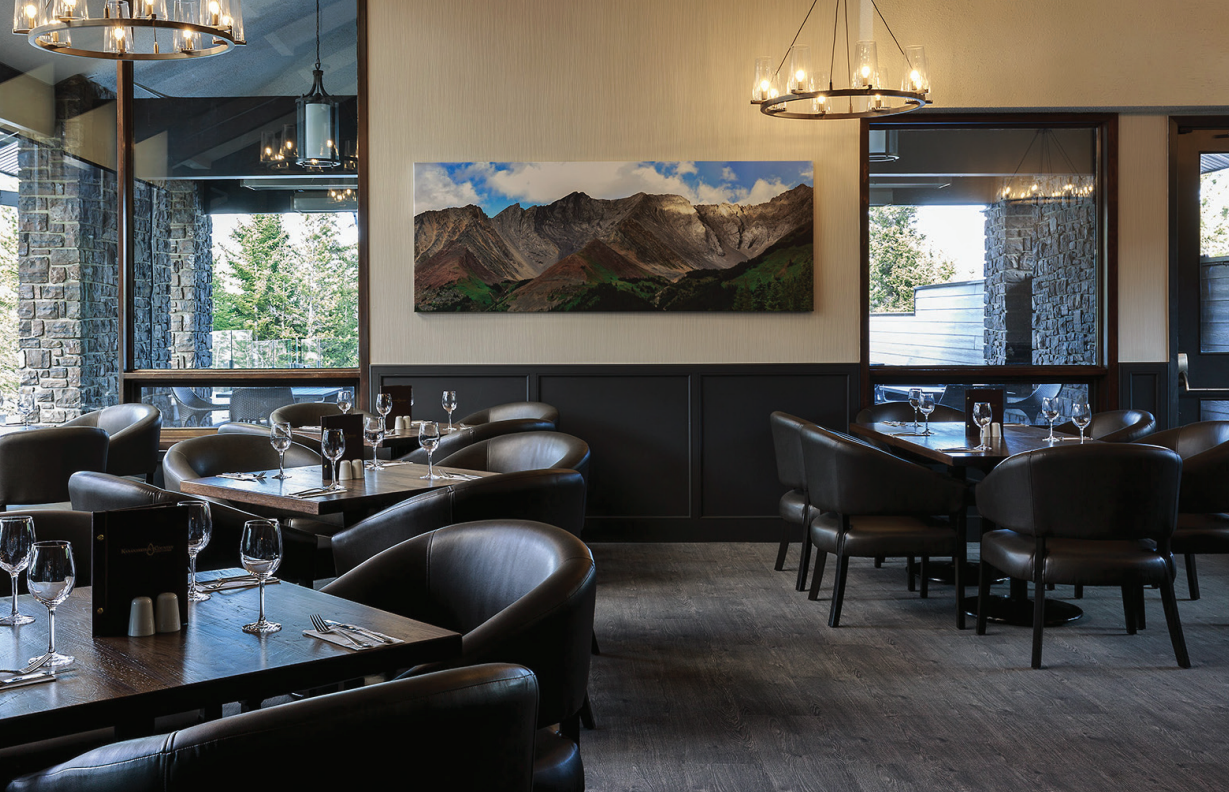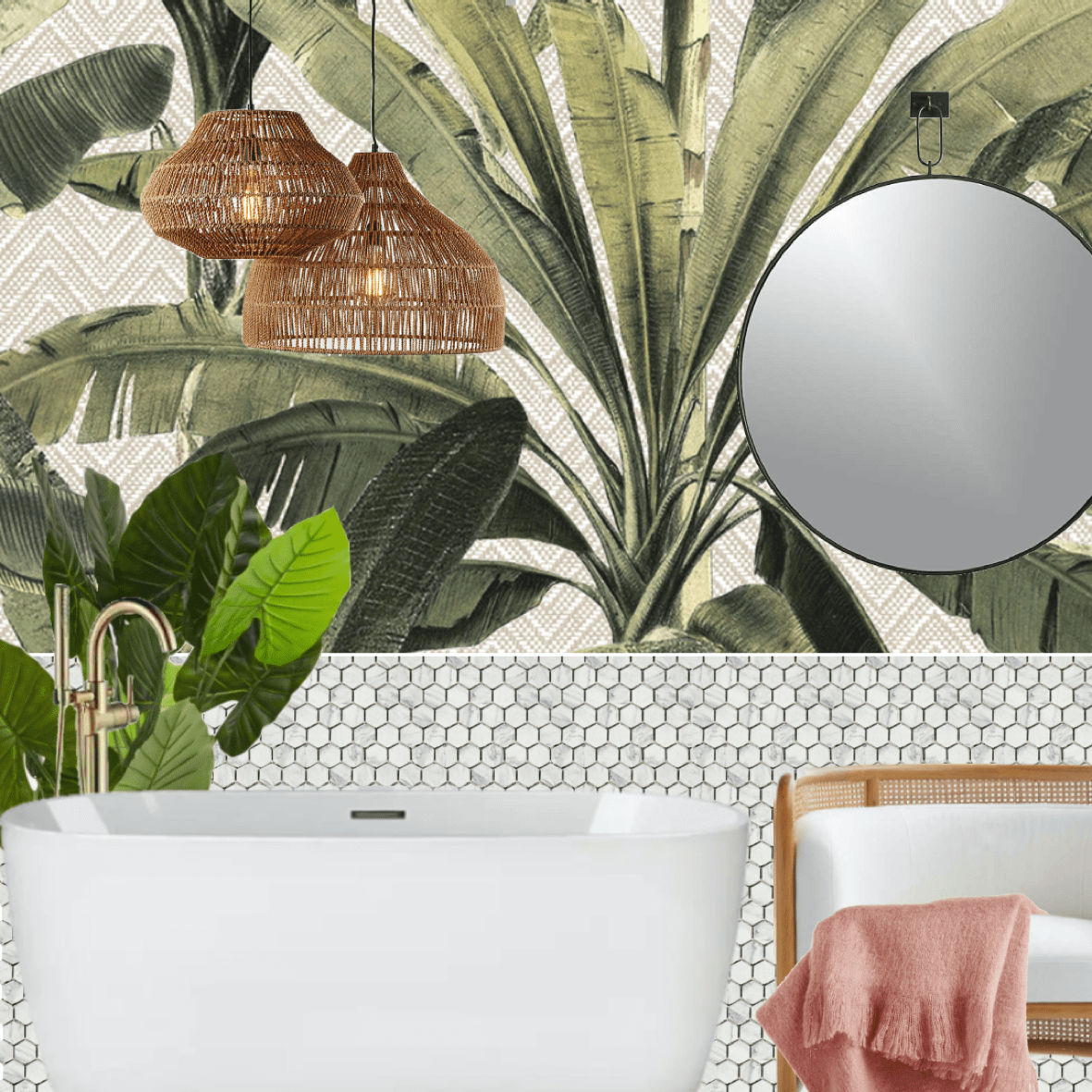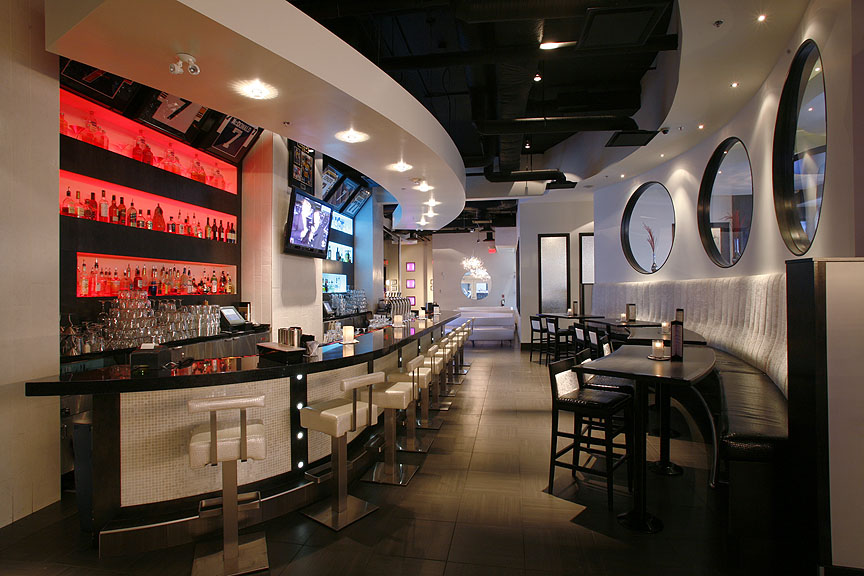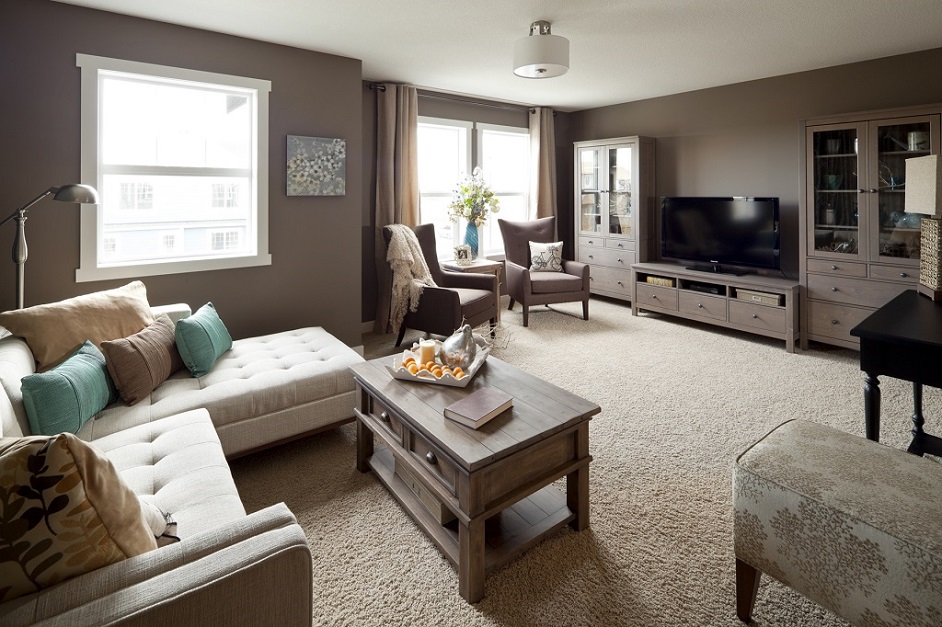Feel even better about remodelling or redesigning your home by implementing some eco-friendly design elements. Simply making a few minor changes in your home improvement selections can help reduce your carbon footprint and make big a difference. To get started, check out pdg’s Top 10 green design tips below:
- Lighten Up – Changing out your incandescent fixtures for LED ones will drastically reduce the amount of energy you consume, and lower your electricity bill. Even if you can’t possibly part with your current fixtures, most can be retrofitted for energy efficient bulbs.
- Dim the Lights – Replacing your light switches with dimmer switches allows you to control the amount of light actually needed, thereby saving energy and in turn money.
- Shining Star – Purchase energy star appliances and light fixtures whenever possible, and find a recycling depot in your area that will properly dispose of your old ones.
- Renewable Flooring – When selecting flooring look at renewable resources like concrete, cork or bamboo. If you’d prefer hardwood, opt for reclaimed wood, and always choose solid wood over engineered, as it requires less chemicals and processing. Also request natural oils, resins and waxes and environmentally friendly adhesives. For carpeted rooms think about using natural fibers like wool.
- From the Ground Up – In-floor heating, which runs off of electricity versus natural gas, is now available for most flooring types, including hardwood, tile and carpet. Heating your house from the ground up keeps the warmth where you need it most, and allows you to control temperature by room.
- Au Natural – Look for solvent and formaldehyde free cabinets, and seek out wood that is readily available in your area. Sustainable and certified woods are also great options. When designing your kitchen think about building in bins for recycling or composting.
- Shades of Green – Choosing environmentally friendly paints no longer limits you in terms of color selection. All you need to do is pick a water-based paint and look for low or zero VOC.
- Less is More – Dual flush toilets and low flow faucets are two of the easiest ways to help reduce water usage, with virtually no sacrifice in pressure. Taking a shower uses far less water than a bath, so why not splurge on a great shower and install a smaller tub. Also purchase an aerator showerhead, which pumps air through the flow to reduce water output.
- Goodbye Granite – Paperstone, recycled glass, reclaimed wood, caesarstone, corian, and concrete all require less processing and sealants than granite – making them a more sustainable choice for your countertops.
- Eco Décor – Try using all natural clay or glass tiles for accents and always look for locally produced products.

